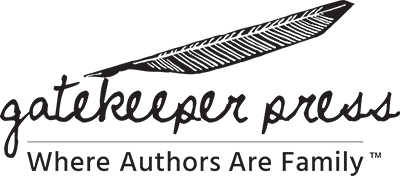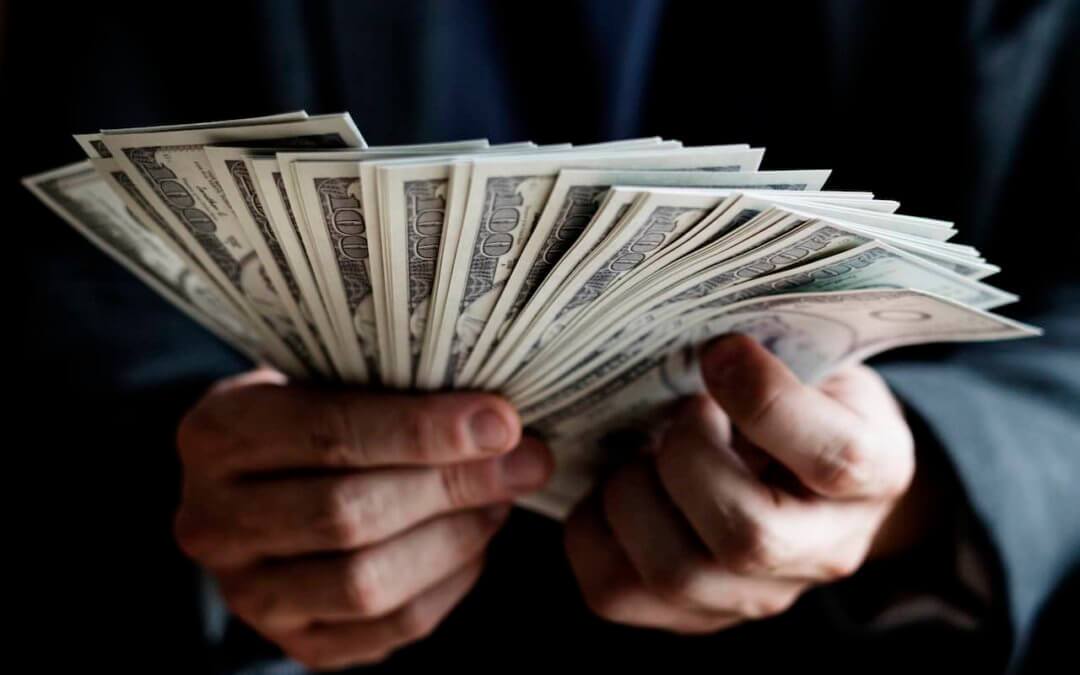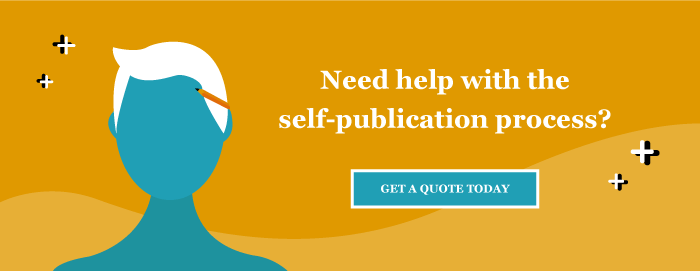You’ve decided to take the plunge into self-publishing, but aren’t quite sure how authors get paid when their book sells. Before you pour your heart and soul — and months of your life — into penning a book, let’s get you up to speed about how book royalties work.
As a fledgling writer, those juicy royalty rates, unique to self-published authors, were no doubt one of the tantalizing attractions that drew you to self-publishing in the first place. While true that a self-published author earns a royalty that’s about six times higher than that paid to a traditionally published author, there is obviously more to the story.
To learn all about book royalties, and self-publishing royalties, in particular, keep reading.
Book Royalties Explained
So, what are royalties, anyway? When an author publishes a book for sale he or she is paid a portion of the retail price that was collected from the consumer. This portion is referred to as a book royalty. The more books sold in a given period, the higher the royalty check.
There are significant differences, however, between the royalties paid to traditionally published authors and self-published authors. An author who publishes through a traditional publishing house is paid about a 7.5% royalty rate, which equates to about $1.00 per print edition sold. A self-publishing royalty hovers around 60% or about $10.00 per print edition sold.
With that kind of spread, you may wonder why anyone would ever choose the traditional publishing route! Well, here’s the rub. A self-published author makes some key tradeoffs. For example, he or she must pay for the cost of printing the book, which usually runs about $5.00/per print copy. So, right there your royalty has been halved.
Consider the other costs involved in self-publishing, born by the author alone, that must also be accounted for in the net proceeds. These include editing, formatting, cover design, and proofreading costs. A traditionally published author is typically not responsible for covering these costs.
How Are Book Royalties Calculated?
Noting that royalties are based on the price of your self-published book, setting an appropriate retail price is one of the most critical decisions you will make. There are several factors that can influence the retail list price and therefore the publishing royalties:
- Page count
- Margin size
- Trim size
- Binding (hardcover or paperback)
- Ink color
- Dust cover
- Genre
Other than the genre, all the other factors that affect print costs can be adjusted during the design phase of publication. Consider these examples:
| Binding type | Paperback | Hardback | Hardcover w/ jacket |
| Trim size | 5.5” x 8.5” | 6” x 9” | 6” x 9” |
| Interior type | B&W | Color | B&W |
| Page count | 300 | 250 | 300 |
| Print cost | $5.31 per unit | $16.93 per unit | $14.14 per unit |
If, for example, you wanted your paperback with 300 pages to be more profitable, you can adjust your margin size to reduce the page count. This small change reduces the print costs from $5.31 to $4.76 per unit.
Book Royalty Terms To Know
When an aspiring author is just becoming familiar with the publishing business, it can be helpful to learn the basic terminology regarding publishing royalties.
Book Royalty Advance
When an author signs a contract with a traditional publisher, he or she typically receives a book royalty advance upon signing. This is the only payment made until the book is in publication and enough units are sold to offset the royalty advance. This is called an advance against royalties and can equate to thousands of books.
Author’s Charges
Author’s charges are those expenses that will be charged against an author’s royalties. These charges are credited as they occur to book sales and debited against author accounts receivable or advances. Examples of author’s charges might include costs of proofreading, indexing, and any author alterations.
Royalties on Gross Sales
Authors benefit when the publisher agrees to pay royalties based on gross sales versus net. Royalties on gross sales are very cut and dried. Say you are paid a 10% royalty based on the gross sales of the book and your book sales were $20,000, then your take is $2,000.
Royalties on Net Sales
Most publishers pay royalties off the net sales. Net sales refer to retail sales with fewer expenses such as print costs, distribution, and retail discounts, and the net balance is what the royalty is then based on.
Graduated Royalties
Some publishers set up the book contract with what is called graduated royalties. An example is a starter royalty of 7.5% for the first 5,000 units sold, which is then increased to a 10% royalty for the next 5,000 units sold, and then to 12% for all books sold over 10,000 units.
Typical Book Royalty Rates
As you begin to research the various bookselling platforms available for self-published authors, you can get a feel for how book royalties work. Consider the self-publisher book royalty rates paid for print book sales on these two popular platforms:
Amazon KDP: 60%
Examples of royalties paid on Amazon would be:
- $5.59 after print costs for a 200-page paperback priced at $14.95
- $5.77 after print costs for a 350-page paperback priced at $17.95
B&N Press: 55%
Examples of royalties paid on B&N Press would be:
- $4.22 after print costs for a 200-page paperback priced at $14.95
- $4.67 after print costs for a 350-page paperback priced at $17.95
Now you know all about book royalties and how authors are paid. Interested in self-publishing your book to earn more royalties? Contact Gatekeeper Press!
Start Earning Author Royalties Today by Self-Publishing
If you have decided to pursue the self-publishing path to authorship, why not maximize your earning potential by teaming up with the pros at Gatekeeper Press. Our expert input will help you not only produce the most professional book possible, but also the most profitable one. Call Gatekeeper Press today at (866) 535-0913!


